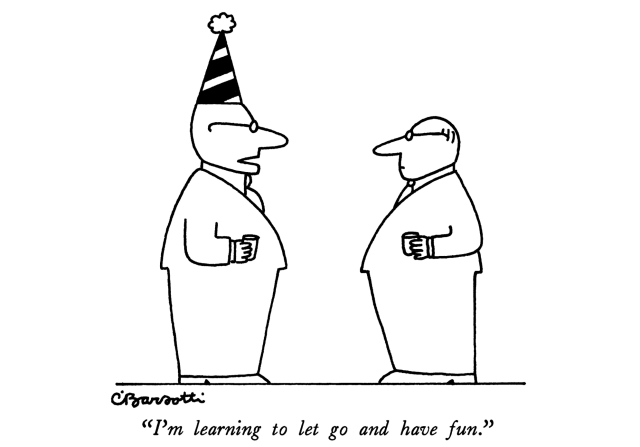
Charles Barsotti (1933–2014)
Published February 29, 1988
4. The Story of the Century
In 1951, New Yorker founder and editor Harold Ross died and was succeeded by William Shawn, his right-hand man. Shawn had begun his career at the magazine in 1933, and quickly revealed himself to be a deft and brilliant editor, able to rework troublesome prose while remaining true to the author’s voice. By the time he took the helm, in 1952, Shawn had shepherded some of the magazine’s most influential stories into print.
During the 1960s, Shawn ushered in a golden age of nonfiction writing at The New Yorker, one infused with the era’s ethos of activism and social change. In short succession, the magazine published revelatory pieces on the political and psychosocial nature of race relations in the United States, the impact of industrial pollution on the environment and the human body, and the troubling legacies of Nazism. Recognizing their absence in the magazine’s pages, Shawn began publishing more contributors of color — though the magazine’s staff would not reflect anything like the nation’s diversity for several more decades.
Under Shawn’s tenure, The New Yorker solidified its identity as a preeminent American publication and a marker of enlightened society. But the magazine lost some of the lightness of its early years. Page counts were up, advertising revenue was down, and circulation had plateaued. Week after week, subscribers received their New Yorker in the mail. While some readers eagerly opened each issue, others simply stacked them, unread, on their coffee tables.





